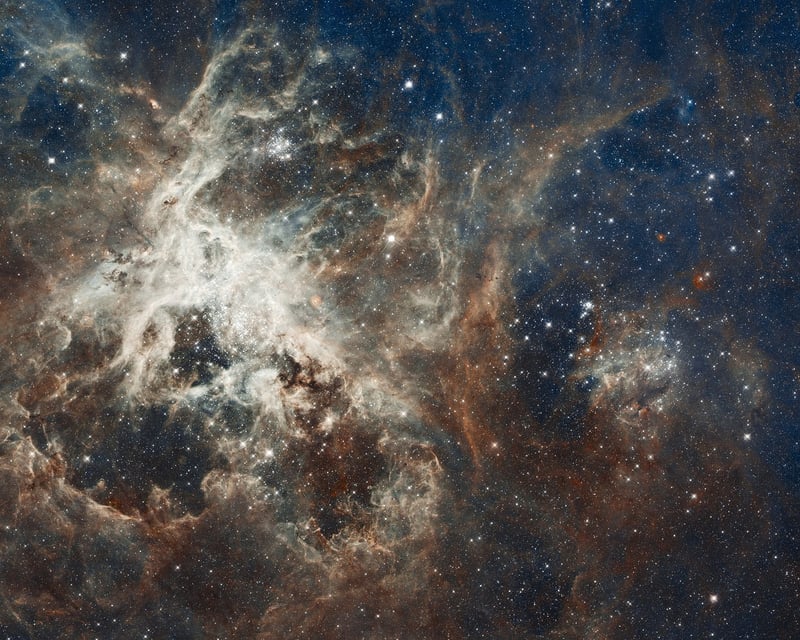Exoplanet Discovery
Navigate the Cosmos: Exoplanet Discovery
Welcome to the fascinating world of exoplanet discovery! In recent years, scientists have made incredible strides in identifying planets beyond our solar system, opening up a universe of possibilities and mysteries waiting to be uncovered.
What are Exoplanets?
Exoplanets, also known as extrasolar planets, are planets that orbit stars outside our solar system. These distant worlds come in a variety of sizes, compositions, and environments, making each discovery a unique and exciting find for astronomers.
Methods of Detection
There are several methods astronomers use to detect exoplanets:
- Transit Method: Observing changes in a star's brightness as an exoplanet passes in front of it.
- Radial Velocity Method: Detecting the wobble of a star caused by the gravitational pull of an orbiting exoplanet.
- Direct Imaging: Capturing images of exoplanets using advanced telescopes.
Notable Exoplanet Discoveries
Some of the most significant exoplanet discoveries include:
- Proxima Centauri b: An Earth-sized planet orbiting the nearest star to the Sun, Proxima Centauri.
- TRAPPIST-1 System: A system of seven Earth-sized planets orbiting a dwarf star.
- Kepler-452b: A "super-Earth" exoplanet located in the habitable zone of a star similar to our Sun.
Future of Exoplanet Exploration
The field of exoplanet exploration is rapidly evolving, with new discoveries being made regularly. Advanced technologies like the James Webb Space Telescope promise to revolutionize our understanding of exoplanets and their potential for hosting life.
So, join us as we embark on a journey to explore the cosmos and unravel the mysteries of these distant worlds beyond our imagination!

Explore more at NASA Exoplanet Exploration
